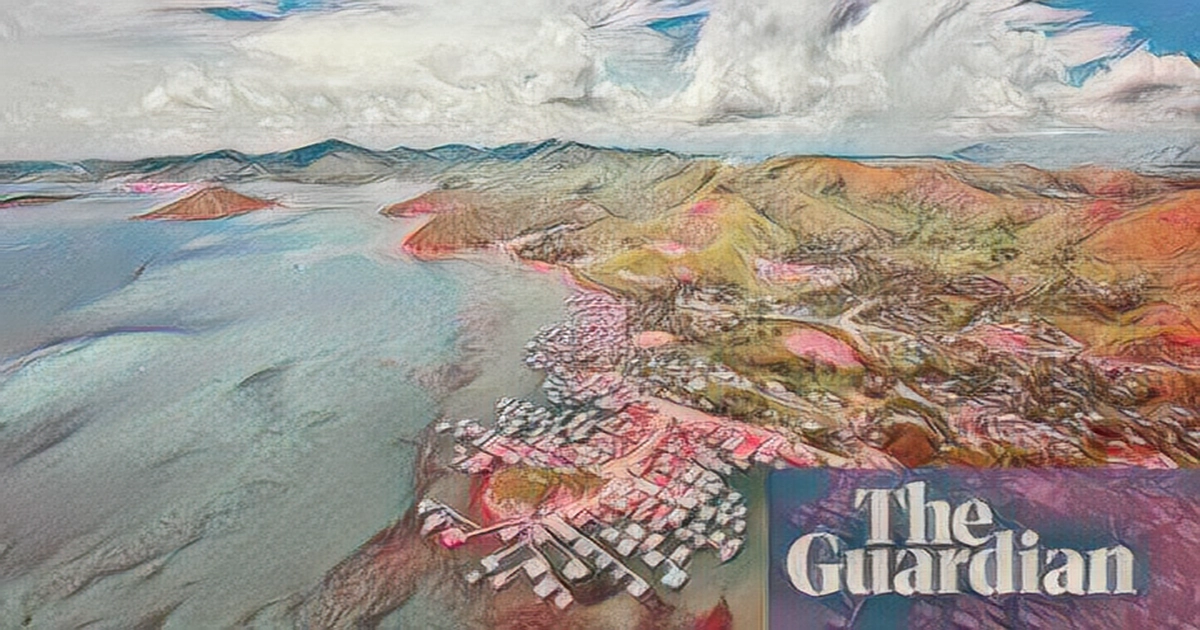
A Harvard physicist is planning a Pacific expedition to find what he thinks might be an alien artifact that smashed into the ocean.
Avi Loeb announced that he is organizing a 1.5 m ocean expedition to Papua New Guinea to look for fragments of an object that crashed off the coast of Manus Island in 2014.
In the year 2019, Loeb identified the object as the first interstellar meteor ever discovered, meaning it originated outside of our solar system. According to Loeb, the meteor's interstellar origin was confirmed by the Department of Defense's space command in April 2022 to Nasa.
Loeb and his team also concluded that the meteor was tougher than all other 272 meteors in Nasa's Center for Near Earth Object Studies catalog.
I set up a team that designed a two-week expedition to search for meteor fragments at a depth of 1.7 km on the ocean floor. Analyzing the composition of the fragments could allow us to determine whether the object is natural or artificial in origin, according to Loeb wote in a post on Medium.
We have a dream team of people, including some of the most experienced and qualified professionals who have been involved in ocean expeditions. He said we have complete design and manufacturing plans for the required sled, magnets, collection nets and mass spectrometer.
According to Loeb, it is possible that the meteor is tough because they are artificial in origin, launched a billion years ago from a distant technological civilization. The ocean expedition is expected to use a ship with a magnetic sled deployed using a long line winch. The team will consist of seven sled operations, as well as a scientific team.
We will tow a sled mounted with magnets, cameras and lights on the ocean floor, inside a 10 km 10 km search box. A number of sources have been used to narrow the search site to this relatively small search box, according to Loeb and his team.
The size of the fragments to be found by Loeb's team will depend on the composition of the meteor. The physicist predicts a thousand fragments larger than a millimeter for an iron meteorite. If the meteor is of stainless-steel composition, Loeb s team expects to find larger sizes with tens of fragments larger than a centimeter.
Loeb promised Paola Antonelli, curator of the Museum of Modern Art, that he will bring it to New York in case his team recovers a sizable technological relic from the expedition.
The expedition is expected to launch this summer, according to the Daily Beast.
There is a chance that it will fail, said Loeb, co-founder of the $1.755 m Galileo Project, who is tasked with searching for extraterrestrial signs. He remains adamant about the mission.
